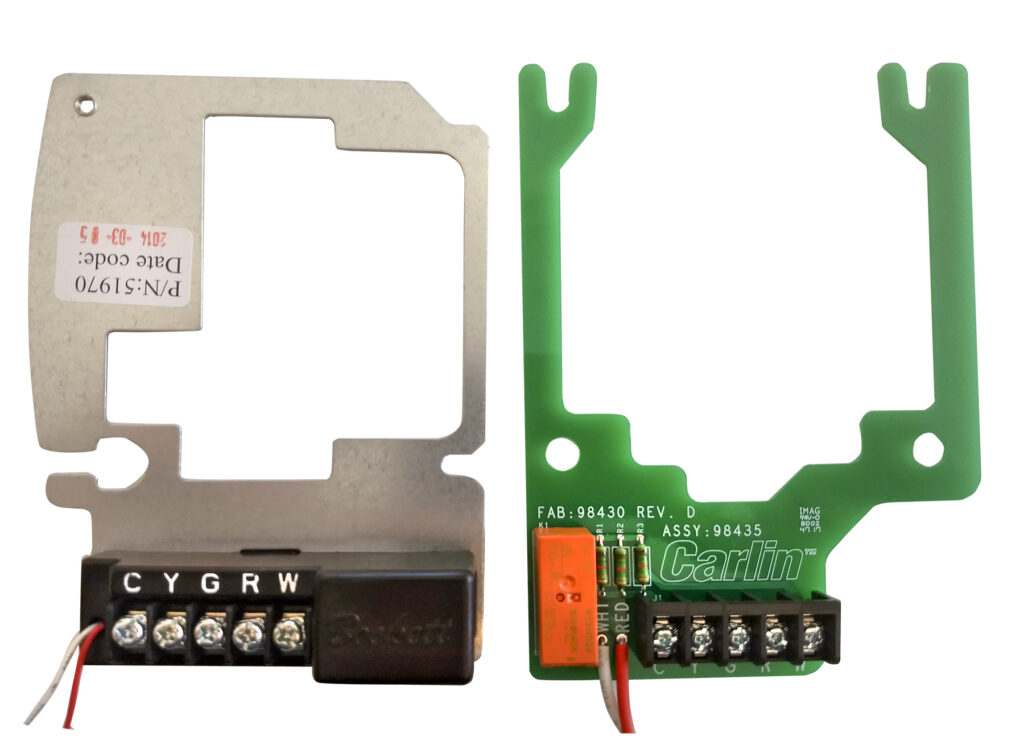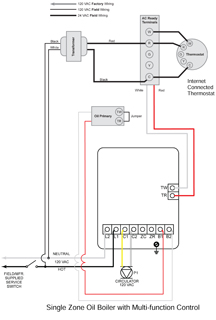Written on: July 3, 2018 by Bob O'Brien
From unheard of to almost mandatory, the thermostat common wire or “C wire” has become a major issue. What is a C wire? The common wire is the neutral wire from the 24V transformer that provides the power that WiFi thermostats require in order for their features to work. Most existing homes do not have a C wire since non-connected thermostats don’t require them.
Wifi thermostats are only going to continue to grow in popularity and will sooner rather than later dominate the market. What to do then about the mostly absent C wire? Even if the spare wire is available, where do you attach it to pick up the necessary 24V?
Some manufacturers claim their wifi thermostat doesn’t require a C wire. More than one of my callbacks has led me to believe that this isn’t quite true. Older thermostats, even programmable ones, are relatively simple devices that can be powered reliably from a couple of AA batteries for years. Wifi devices use vastly more power and require a continuous power supply for trouble-free operation. For the purposes of this article, I’m going to confine it to simple single zone oil systems, hot water, warm air and steam. I  will cover multi-zone applications in a future article.
will cover multi-zone applications in a future article.
Let’s assume we’re working on a single zone hot water system and have a spare wire or have run a third wire to the boiler. Now what do we do? We get either a Beckett AC ready kit or Carlin Koolkit (Figure 1).

Why do we need a cooling device on a hot water boiler? Both of these are made to enable a modern oil primary to replace an 8184M and contain a transformer, relay and terminal strip—just what we need to provide a constant 24V power supply and switch for a wifi thermostat in an easy to install format! As an aside, if the job happens to have an older primary control, this would be a perfect time to upgrade to an electronic primary with diagnostic capability.

Install the AC kit per the manufacturer’s instructions; if there is not constant 120V power to the primary control mounting box, you will have to run a wire to provide this. The easiest spot is the L1 terminal in boiler temperature control, assuming it is powered at all times and not broken by a limit switch or low water cutoff. You could also mount the transformer at the power source and run low voltage wire to the terminal strip. As long as the power is not interrupted by operating or limit controls, we don’t want our thermostat going blank every time the boiler is off on temperature!
Now the existing thermostat leads, as well as our common lead, go the terminal strip as in the diagram (Figure 2) and the wires from the AC kit relay go to the TT terminals on boiler temperature control where the thermostat leads were previously. We’re done! ICM